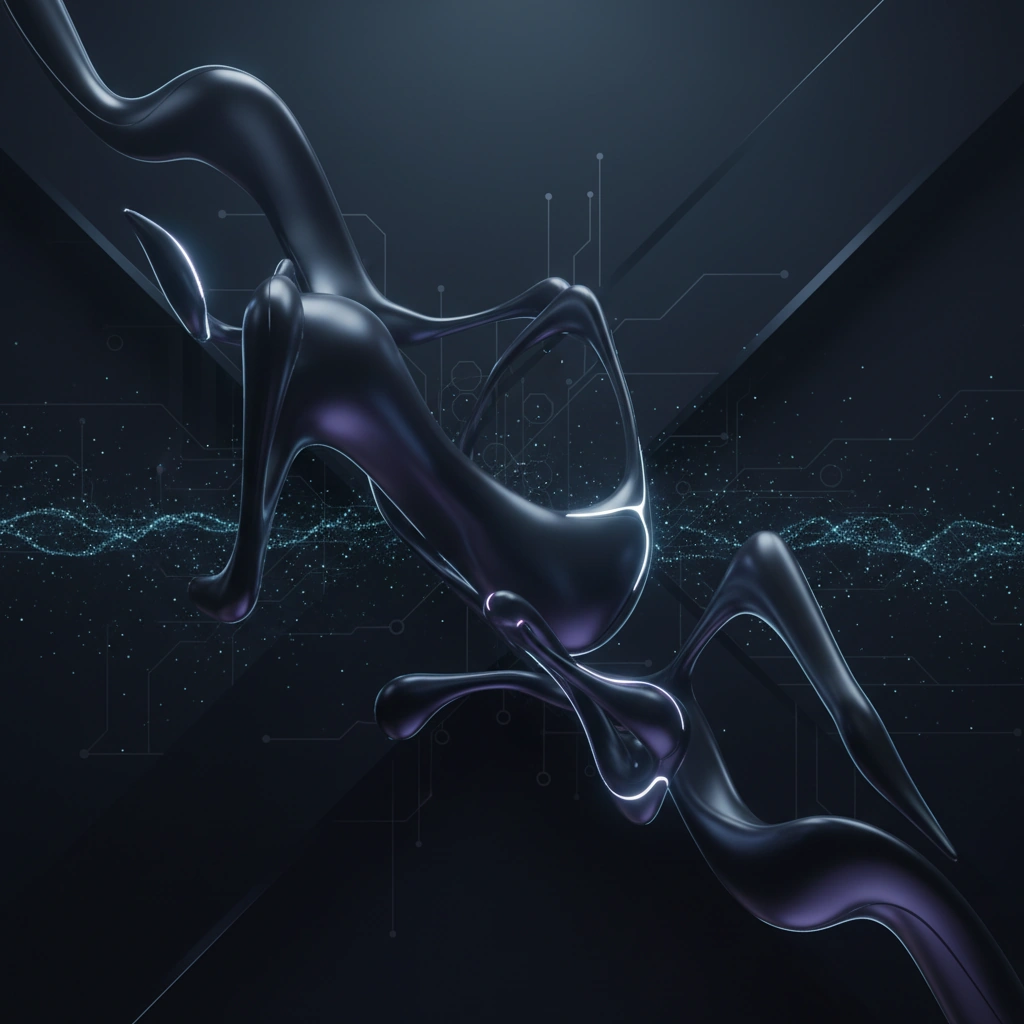Liquid Neural Networks: Adaptive AI Architecture Beyond RNNs
Liquid Neural Networks introduce adaptive, continuous-time dynamics that outperform traditional RNNs with fewer parameters. The architecture offers real-time processing capabilities crucial for video analysis and autonomous systems through dynamic state adjustments.

A groundbreaking neural network architecture is challenging the dominance of Recurrent Neural Networks (RNNs) and even Transformers in sequential data processing. Liquid Neural Networks (LNNs), developed by researchers at MIT, introduce a fundamentally different approach to handling time-series data through adaptive, continuous-time dynamics.
The Architecture Revolution
Unlike traditional RNNs that update their hidden states at discrete time steps, Liquid Neural Networks employ continuous-time models based on ordinary differential equations (ODEs). This mathematical foundation allows neurons to adapt their behavior dynamically based on input patterns, creating a system that's inherently more flexible and responsive to changing data streams.
The "liquid" designation refers to the network's ability to continuously adjust its computational graph during inference. Rather than maintaining fixed weights and activation patterns, LNNs modify their internal dynamics in real-time, allowing them to capture complex temporal dependencies with significantly fewer parameters than conventional architectures.
Technical Implementation Details
At the core of Liquid Neural Networks lies the concept of Neural ODEs, where the hidden state evolution is governed by learned differential equations. The architecture implements time-continuous recurrent units that solve these ODEs numerically during forward propagation. This approach enables the network to process inputs at arbitrary time intervals, making it particularly effective for irregularly sampled data.
The neuron dynamics in LNNs are described by equations that incorporate both input-dependent and state-dependent terms. Each neuron's activation follows a differential equation of the form: dh/dt = f(h, x, θ), where h represents hidden states, x denotes inputs, and θ encompasses learnable parameters. This formulation allows neurons to exhibit complex temporal behaviors including oscillations, bistability, and limit cycles.
Adaptive Computation and Efficiency
One of LNN's most impressive characteristics is computational efficiency. Research demonstrates that Liquid Neural Networks can achieve comparable or superior performance to larger RNN and LSTM models while using orders of magnitude fewer neurons. In autonomous driving tasks, LNNs with fewer than 20,000 parameters matched the performance of networks with millions of parameters.
This efficiency stems from the architecture's ability to learn adaptive time constants for different neurons. Rather than processing every input with uniform temporal resolution, LNNs automatically adjust how quickly or slowly different neurons respond to changes, optimizing computational resources for the task at hand.
Implications for Video and Real-Time Processing
For AI video generation and analysis, Liquid Neural Networks present significant advantages. The continuous-time nature makes them exceptionally well-suited for processing video streams where frame rates may vary or where temporal coherence across frames is critical. Unlike Transformers that require fixed-length context windows, LNNs can seamlessly handle variable-length sequences without architectural modifications.
In deepfake detection, LNNs' ability to capture subtle temporal inconsistencies could prove transformative. The adaptive dynamics allow the network to focus computational resources on detecting temporal artifacts that betray synthetic video manipulation, such as unnatural motion patterns or frame-to-frame inconsistencies in facial expressions.
For real-time video synthesis applications, the computational efficiency of LNNs enables deployment on resource-constrained devices. The reduced parameter count translates directly to lower memory requirements and faster inference times, critical factors for mobile AI video applications and edge computing scenarios.
Challenges and Current Limitations
Despite their promise, Liquid Neural Networks face several challenges. Training LNNs requires careful numerical integration of differential equations, which can be computationally intensive during the learning phase. The architecture also demands specialized optimization techniques to ensure stability and convergence, as the continuous dynamics can sometimes lead to unstable behavior.
Integration with existing deep learning frameworks remains an active area of development. While libraries like TensorFlowDiffEq and custom PyTorch implementations exist, LNNs lack the extensive tooling and pre-trained model ecosystems available for Transformers and CNNs.
Future Trajectory
As research progresses, Liquid Neural Networks are finding applications beyond traditional sequence modeling. Their interpretability—stemming from the explicit differential equation formulation—makes them attractive for safety-critical applications where understanding model behavior is paramount. In autonomous systems and robotics, this interpretability combined with robust temporal processing positions LNNs as a compelling alternative to black-box deep learning approaches.
For the synthetic media domain, the fusion of LNN principles with generative architectures could yield video synthesis models that maintain better temporal coherence while operating with greater efficiency. The adaptive nature of liquid architectures aligns naturally with the requirements of video generation, where different temporal scales—from frame-to-frame motion to long-term narrative structure—must be captured simultaneously.
Stay informed on AI video and digital authenticity. Follow Skrew AI News.



